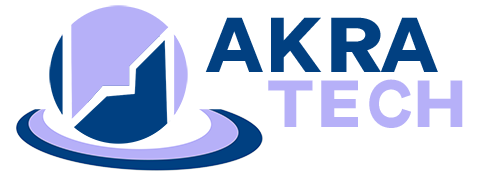Our projects, programs, and portfolios (3 P’s) and Organization Strategy
In order for all the three domains, projects, programs, and portfolios (3 P’s)meet the maturity standards (PMI) there is a need to bring a unified maturity model which can consolidate results across to form an organizational maturity model.
In order to find the right approach in having to take a unified strategic view of organizational maturity we would require knowledge of organizational behavior with serious commitment.

Project management becomes the way to implement corporate strategy as Projects, being the catalyst for change, are instrumental in realizing the strategic objectives of an organization. They are undertaken to add value to the organization. But performance also comes from the maturity of an organization to deal with projects, especially through the aspects of learning.
As projects are catalyst for change, they are dependent on the organizational strategy to tailor a solution to bring about that change. The organizational strategy is broken down into smaller strategic objectives, which may be organized in the shape of programs. These programs would have their own program strategic objectives, naturally in alignment with the overall organizational objectives.
All the projects under a program would be organized in a way that all projects are aligned with the overall program objectives. Projects do have their separate business case, but they are focused on delivering the product, service, or result, and are not much concerned about the long-term benefits, as these benefits would be available to reap much after the project has already closed down and projects would not be there when the benefits will be realized.
Programs take account of the benefit realization as they are designed to last as long as the benefits are satisfactorily realized. They are therefore of generally longer durations as compared to the projects.
Independent projects working directly under organizational strategy, it becomes the responsibility of the organization to ensure benefits realization. Organizations without the existence of programs need project support mechanism such as PMO to take care of issues related to benefits especially when the level of PMO which will be raised to an enterprise or strategic level.
The portfolio will play a high-level strategic role by ensuring that project investments are being managed most appropriately. The portfolio is the level closest to the organizational strategy and is wholly responsible for investment in all programs and projects being run under the organizational control. Portfolios will also have a much higher responsibility of an investment portfolio, and thus it would not be appropriate to involve portfolio management with daily running of program and project management.

The portfolio may control strategic resources and investments and may even have a PMO at the portfolio level to assist in its own strategic objectives, but we seldom assign the responsibility of physically managing or day-to-day monitoring of individual programs and projects to the portfolio.
From the perspective of project management, the portfolio is the highest level, which communicates with organizational strategy and that is where all project management maturity models lose track of organizational maturity.
The proposed model addresses all aspects of projects, programs, and portfolios, to be assessed and managed for maturity when it comes to organizational strategy. For operational aspects or from dimensions of capability, quality, or risk, we may have to assess an organization’s maturity through a robust and unified maturity model,
An organization needs to accumulate use-development experience and have access to technology to bring in maturity, thus increasing its technological intelligence. Only if organizations can focus on the learning processes, they can actually work toward their maturity. The maturity model can serve to provide them a mean for measurement of their performance. Through a strategic organizational maturity, we need to understand that all organizations and businesses have a definite span of life, and like humans and programs and projects, they have to die one day.
